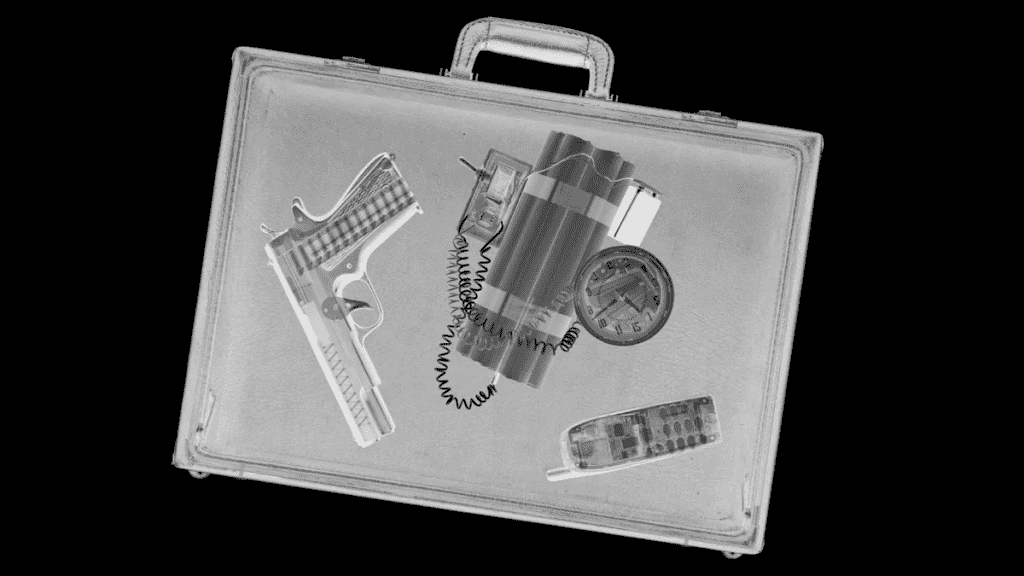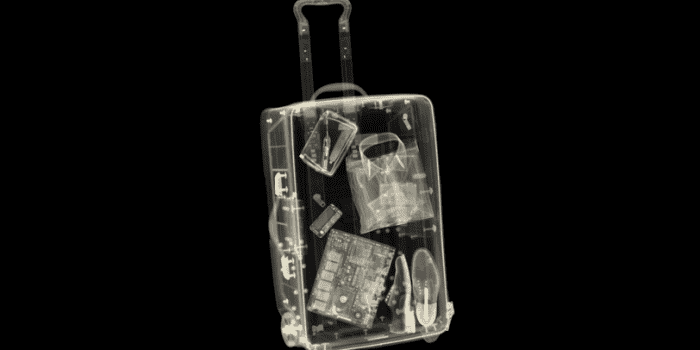Researchers at University College London (UCL) have created a novel x-ray technology that works alongside a deep-learning system to identify explosives in luggage that might someday catch potentially dangerous tumors in humans.
Explosives concealed inside electronics and other things can make them difficult to identify using traditional x-ray procedures. But, according to the researchers, the new approach detected explosives with 100 percent accuracy during tests.

While the most apparent application would be to check for explosives and other harmful things and chemicals at airports, it might also be used to detect cracks and corrosion in buildings and eventually identify early-stage tumors.
The researchers concealed small amounts of explosives, such as Semtex and C4, into electrical equipment such as computers, hair dryers, and mobile phones. Then, to simulate a traveler’s bag, the goods were packed into bags with toothbrushes, chargers, and other common belongings.

Unlike typical x-ray machines, which attack things with a homogenous field of x-rays, the researchers scanned the bags with a custom-built machine that included masks—sheets of metal with holes bored into them that separated the beams into an array of tiny beamlets.
As the beamlets went through the bag and its contents, they were scattered at angles as tiny as a microradian. The scattering was examined by AI trained to distinguish the texture of various materials based on a specific pattern of angle changes.
According to the lead scientist Sandro Olivo of the UCL Department of Medical Physics and Biomedical Engineering, AI is extraordinarily effective at picking up these elements even when they are concealed inside other things.
“Even if we hide a small amount of explosive somewhere, the algorithm will detect it because there will be a little piece of texture in the middle of many other things,” Olivo said.
The system accurately identified explosives in every trial conducted under test settings, while the scientists admitted that such a high degree of accuracy would be impossible in larger studies that more closely mimicked real-world situations.

According to scientists, the technology might potentially be employed in medical applications, including cancer detection. Although the researchers have yet to test whether the approach can reliably distinguish the texture of a tumor from surrounding healthy breast tissue, he is excited at the prospect of finding extremely small cancers that would have previously gone undiscovered behind a patient’s rib cage.
“I’d love to do it one day,” he adds. “If we get a similar hit rate in detecting texture in tumors, the potential for early diagnosis is huge.”
“This latest work from the UCL teams presented here looks extremely promising. It combines novel X-ray imaging with AI and has major potential for the extremely challenging tasks of threat detection in hand baggage and NDT applications such as crack detection,” says Kevin Wells, Associate Professor at the University of Surrey.
“Cancer detection involves its own set of challenges, and we look forward to seeing the work progress in this area in due course.”
The study was published in Nature Communications.


